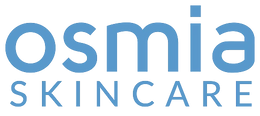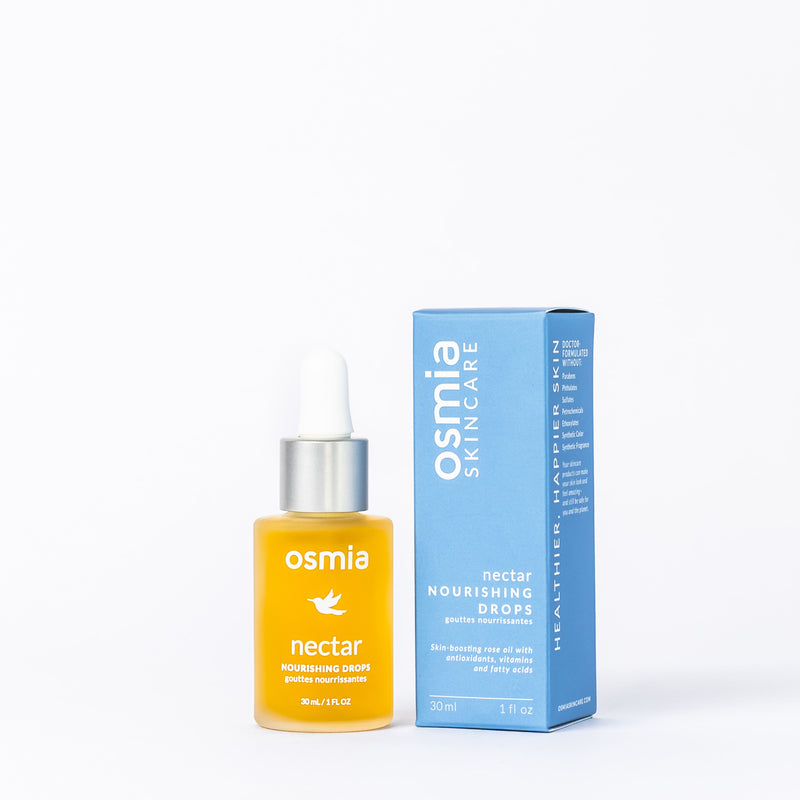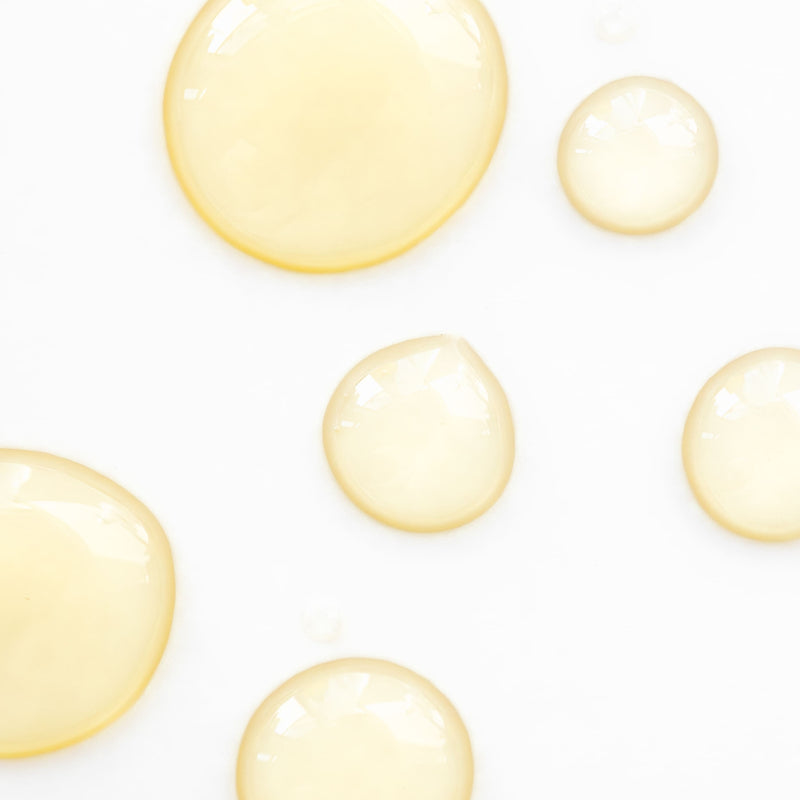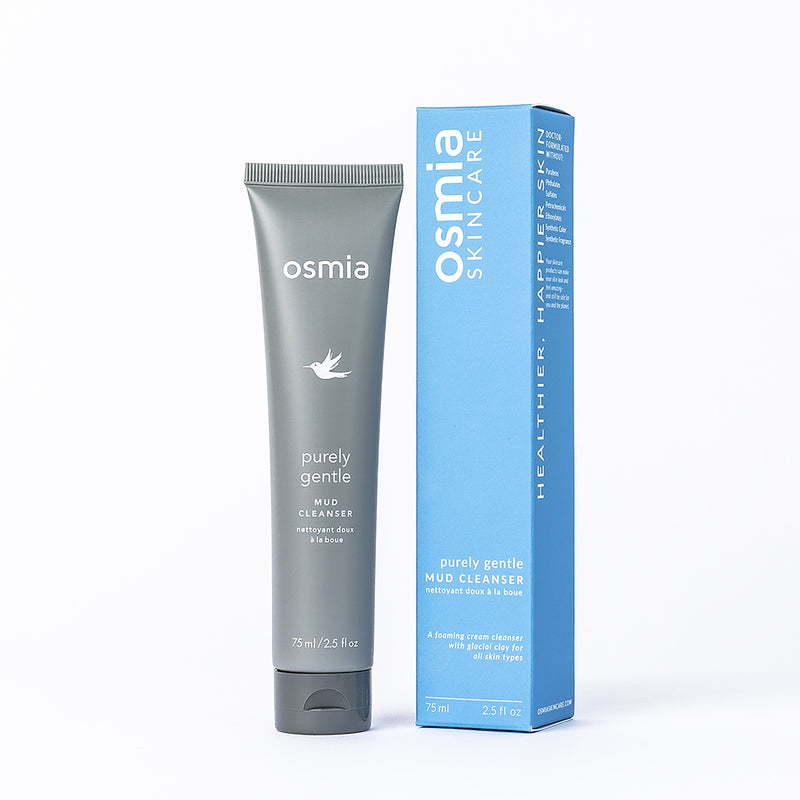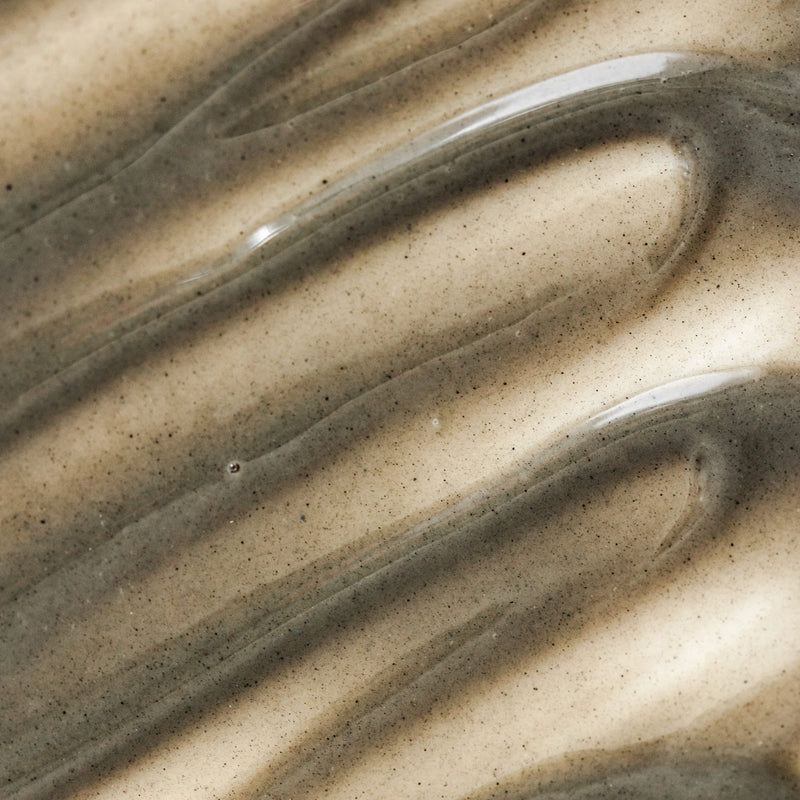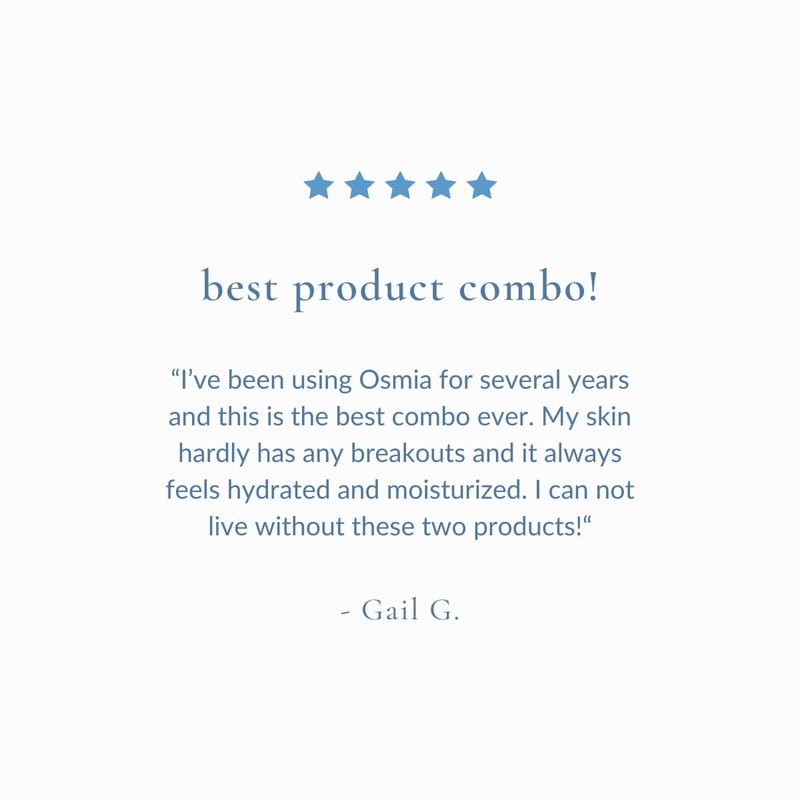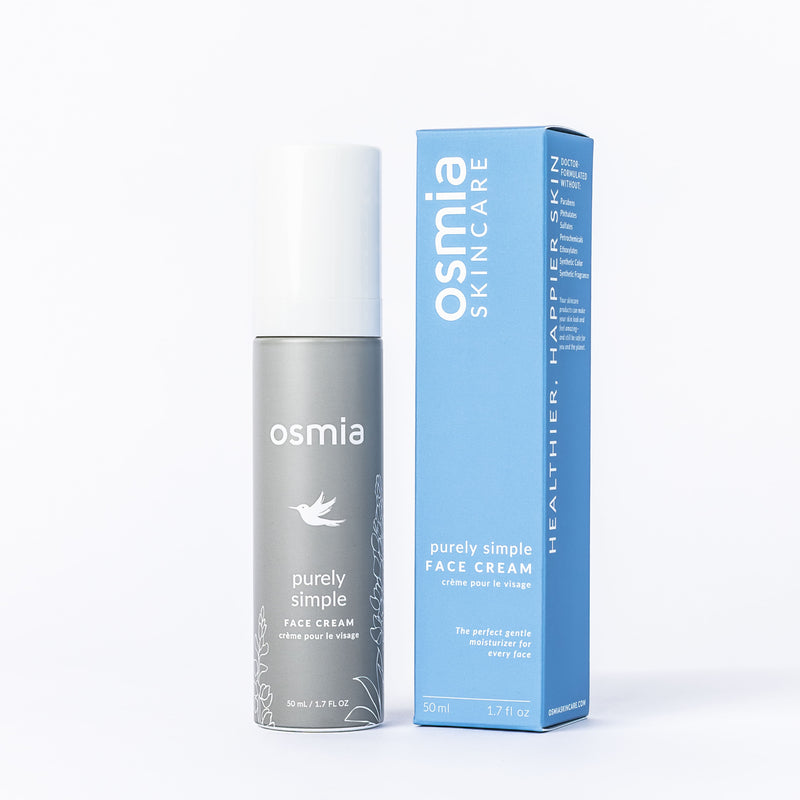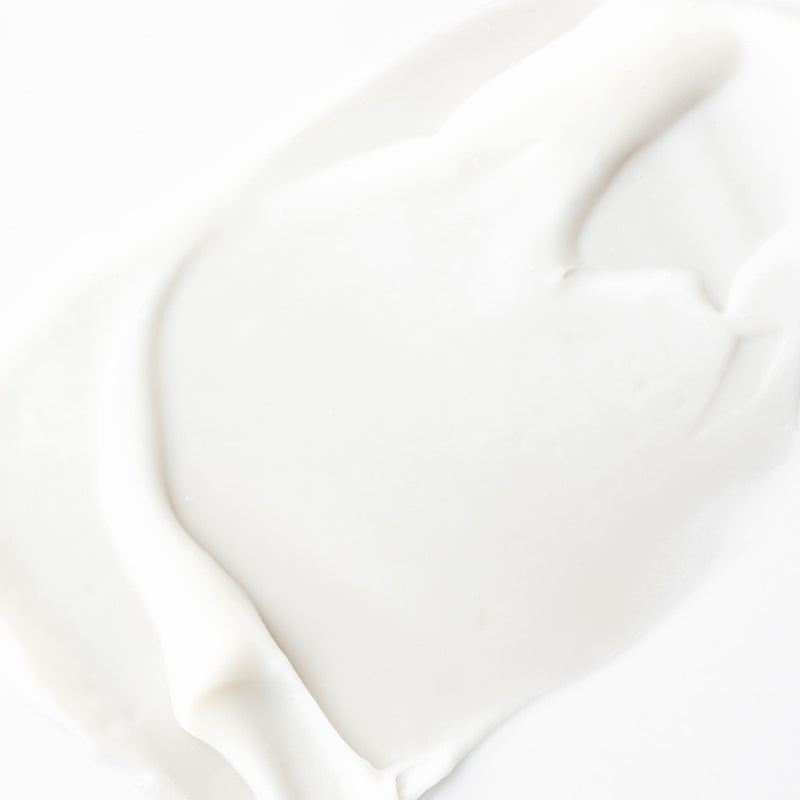Dermatitis
If you’ve found this guide, start by taking a deep breath.
We understand how frustrating Perioral Dermatitis (PD) and topical steroid withdrawal (TSW) can be: the internet is full of conflicting information, which is no help when your skin is angry and you just need the truth.
What is Perioral Dermatitis?
Perioral Dermatitis is a very
common condition of the facial
skin (perioral = around the
mouth), especially in women of
menstruating age. It is frequently
undiagnosed or misdiagnosed,
and acts like a cross between acne and eczema. In most patients, the causes are multiple, uniquely combined, and ever-changing (making it a challenge to treat!).
It varies in severity: in mild cases,
it consists of patches of slightly
bumpy, red, or irritated looking
skin, often with some mild flaking
around the mouth, chin, and nose
(and less frequently, around the
eyes). In more severe cases, the skin becomes very inflamed, with flakes or scabs that can bleed or become infected. Some of the many things that can cause or exacerbate it are steroid facial creams, sodium laureth/lauryl sulfate, fluoride, cinnamon, stress, and even coffee (so sad).

For Irritated skin
Let's do this together.
PD takes time to change. In order to see results, you must be
patient and committed, but those results will be lasting if you
invest this time in understanding the condition. Below, you’ll find
a super-easy guide to helping your skin heal.

critical beginning steps

Steroid Creams
Start weaning yourself IMMEDIATELY. You should let your dermatologist know you plan to wean off steroids, and ask for guidance in doing it very gradually. Things may get worse before they get better: steroids are known for causing rebound reactions when they are discontinued.
Oils and balms
We know, we know…but even beautiful, natural versions are too heavy and irritating for PD.
Sodium Laureth/Lauryl Sulfate
You can find this sneaky ingredient in just about anything that makes suds. Shampoo, shower gels, laundry detergent, dishwashing soap, toothpaste, and more.
Synthetic fragrance and color
You’ll find these additives in countless household and personal care products — even dental floss, believe it or not.

Black Clay Facial Soap, once a day
Cleanse your face thoroughly in the evenings before bed, for three weeks.
Purely Simple Face Cream, once a day
After using the soap, apply the cream sparingly over the angry areas of your PD flare-up. Less than a full pump is required for your whole face and neck. Do this in combination with the Black Clay Facial Soap for three weeks.
Don’t use any other products on your face. If your skin starts to improve, you may start enjoying this routine twice a day.
super important next steps
If your PD really starts to heal, and you’re craving more moisture you can add a layer of our Purely Calm Gel Toner or if you need a little more nourishment, try SLOWLY adding our Nectar Nourishing Drops to your routine. Add two drops of Nectar Nourishing Drops to your Purely Simple Face Cream per day. If your skin is healing well after several months, you can also add our Purely Gentle Mud Cleanser.
Remember: this should happen after a strict three-week regimen of Black Clay Facial Soap and Purely Simple Face Cream.
Do NOT exfoliate or pick at your skin when it’s angry or irritated. Once your PD has mostly healed, you can start to exfoliate gently once a week.
Go without makeup whenever possible until your skin is mostly healed. If you have to wear makeup occasionally, try to shop from these brands.
If you’re not going to be outside, skip the sunscreen until your skin starts to heal.
